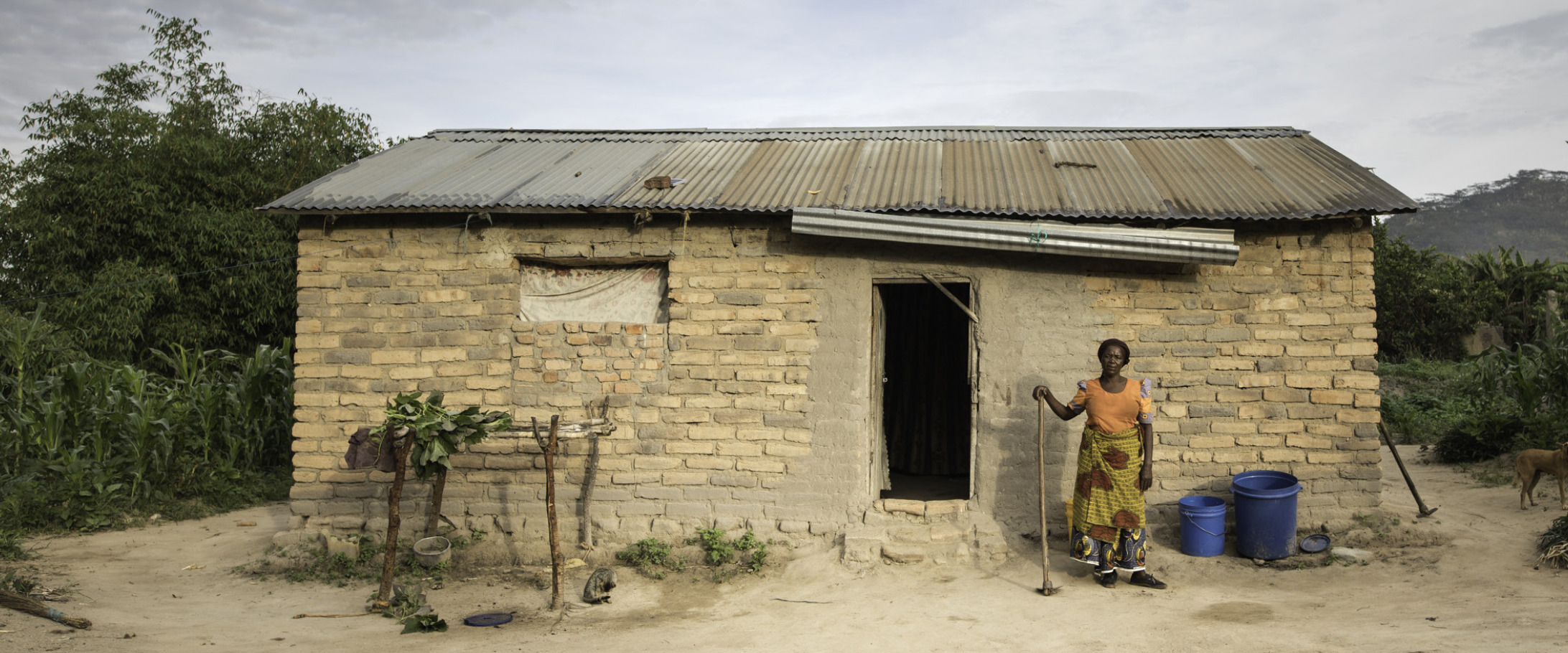The countries of the Horn of Africa (Ethiopia, Kenya, Somalia) are experiencing a severe drought. Families are in urgent need of food and water. “This is no ordinary drought. It’s the worst ever experienced in Sool region since 1974,” an 85-year old man told CARE.
Why is there another food crisis happening in East Africa?
People are experiencing the impacts of climate change and weather phenomena like El Nino and La Nina. Rains are becoming shorter and less frequent and pasture lands are turning into deserts. Food shortages and food crises are becoming more frequent, exhausting people’s ability to recover and pushing them over the edge into severe hunger. The lives of pastoralists and farmers are adapted to the cycles of rain and dry spells. However, when rains fail successively, livestock herds are reduced beyond recovery and farms wither in the drought. Food and water prices rise sharply while people earn less by selling their emaciated sheep, goats or camels.
What is the difference between a food crisis and famine?
“Famine” is the worst-case scenario on a five-level scale which gauges food security or the amount and nutritional value of food families are able to get. Famine is declared when acute malnutrition rates among children exceed 30 per cent; more than two people per every 10,000 die per day; and when people are not able to get food and other basic necessities. However, we must not wait for famine to be declared to act – this is the catastrophe level but people are already going hungry right now.
When was the last famine declared?
In July 2011 famine was declared in two areas of southern Somalia, and the world watched in horror as almost 260,000 Somalis starved to death. Somalia, Ethiopia, Djibouti and Kenya experienced the worst drought in 60 years that withered farmers’ fields and killed livestock. Across the region, more than ten million people were in need of lifesaving aid.
What must be done to prevent a food crisis?
Preventing a food crisis or famine is an achievable task. Since the famine in Somalia in 2011, early warning systems have been strengthened and resilience-building activities across the region have helped people prepare for and cope with recurring droughts. However, donations are urgently needed to respond to food crises in their early stages to prevent people from going hungry and hundreds of thousands of children from suffering crippling malnutrition. In 2011, donations started to flow as soon as TV cameras broadcasted pictures of starving children and desperate Somali families fleeing by the thousands to Kenya. Yet by then, it was already too late for many women, men and children.
What is the current situation?
Over 15 million people in Ethiopia, Kenya and Somalia are affected by the drought. In some areas of Somalia, families are spending more than half their income on water. Many pastoral families have already lost most of their livestock. Families have to sell goats for $USD15 whereas they could earn $USD70 before the drought. In some areas, the price of a barrel of water has risen by 400 per cent, from $USD2 before the drought to $USD10 today.
Who is most affected?
Women and girls are most affected. As families are forced to skip meals and only eat once a day, women and girls eat last and the least. In Somalia, women and girls are responsible for herding small livestock and collecting water. Yet as most water points have dried up, they now have to walk an average 50 kilometres in search of water, compared to two kilometres before the current drought. Many pastoral and rural households have stopped sending their children to school as they can no longer afford education costs and need the children at home to collect water.
Help families in need by donating to our Global Emergency Fund

